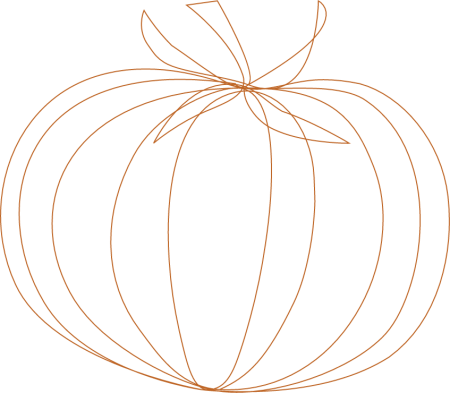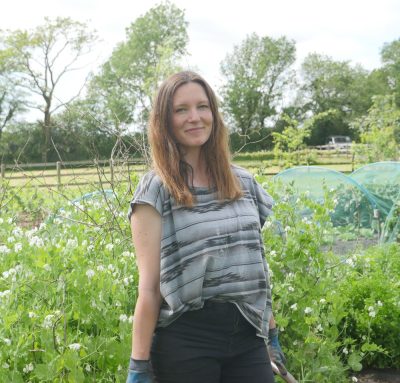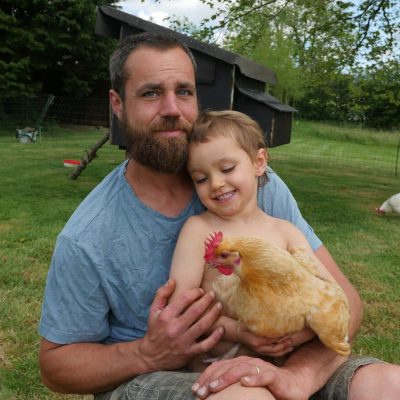After working in botanical horticulture and conservation around the UK and beyond, we moved back to Gareth’s home county of Devon in 2018, where our shared love for growing plants and interest in sustainable food production led us to create Harvest on the Heath.
We truly care about people having access to seasonal, good quality fruit and vegetables that haven’t been sprayed with chemicals, and haven’t travelled far from plot to plate.
Using no-dig methods, we strive to grow strong, healthy, resilient and tasty plants. We believe in a holistic approach to growing, creating a mosaic of habitat to provide a haven for wildlife. The 2.5 acres of land includes a native woodland, areas of uncut mixed grasses and wildflowers, native hedgerows, herbaceous borders for pollinators, a juvenile mixed fruit orchard, and a newly planted cider apple orchard. The aim is to turn the majority of grass areas to wildflower meadow in the coming years, in order to provide further food sources for pollinators and our own bees.


Lucy has worked in horticulture for the past ten years. She trained at Cambridge University Botanic Garden before managing the glasshouse and woodland plant collections at London’s Chelsea Physic Garden – a living library of edible and medicinal plants from all over the world. Subsequently, she and Gareth worked for Trees for Life, a rewilding project in the Scottish Highlands. Here they grew trees in the nursery for reforesting the land and taught visiting volunteers horticultural skills. Lucy’s ambition has been to combine her conservation experience and horticultural skills with creating a sustainable market garden growing quality food for local people.
Gareth has worked in horticulture for over ten years, training with the National Trust and Cambridge University Botanic Garden, before completing the Kew Diploma in Horticulture whilst working at the Royal Botanic Gardens, Kew. He then travelled farther afield to South America teaching growing skills to botanic garden staff, and has implemented fair trade networks of plant material between South America, Kenya and Europe through his horticultural consultancy business. He has been a vegetable grower for many years and enjoys cooking and inventing dishes with the market garden’s own produce.

We grow by our own set of standards, and always strive to develop, improve and learn.

| Cookie | Duration | Description |
|---|---|---|
| cookielawinfo-checkbox-analytics | 11 months | This cookie is set by GDPR Cookie Consent plugin. The cookie is used to store the user consent for the cookies in the category "Analytics". |
| cookielawinfo-checkbox-functional | 11 months | The cookie is set by GDPR cookie consent to record the user consent for the cookies in the category "Functional". |
| cookielawinfo-checkbox-necessary | 11 months | This cookie is set by GDPR Cookie Consent plugin. The cookies is used to store the user consent for the cookies in the category "Necessary". |
| cookielawinfo-checkbox-others | 11 months | This cookie is set by GDPR Cookie Consent plugin. The cookie is used to store the user consent for the cookies in the category "Other. |
| cookielawinfo-checkbox-performance | 11 months | This cookie is set by GDPR Cookie Consent plugin. The cookie is used to store the user consent for the cookies in the category "Performance". |
| viewed_cookie_policy | 11 months | The cookie is set by the GDPR Cookie Consent plugin and is used to store whether or not user has consented to the use of cookies. It does not store any personal data. |